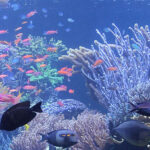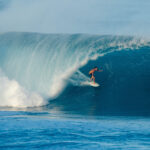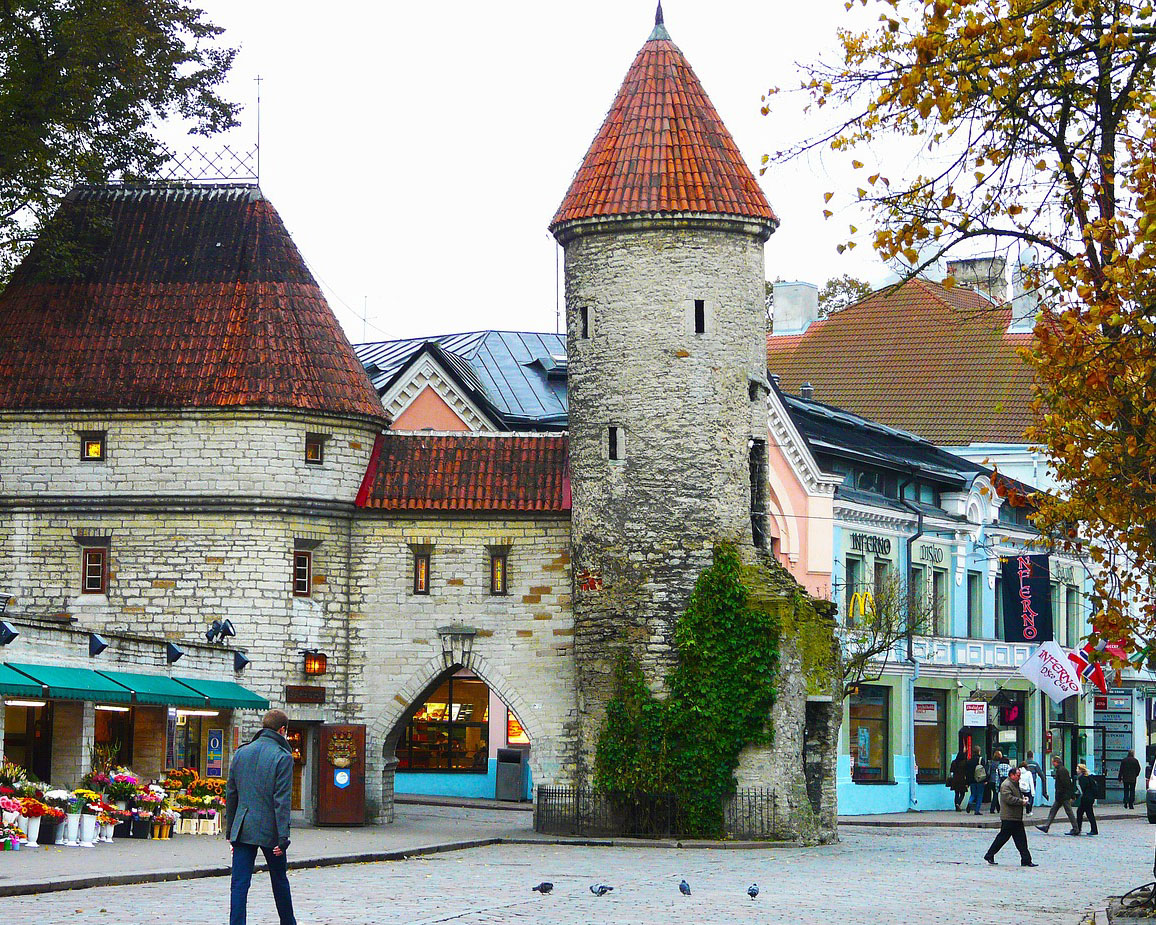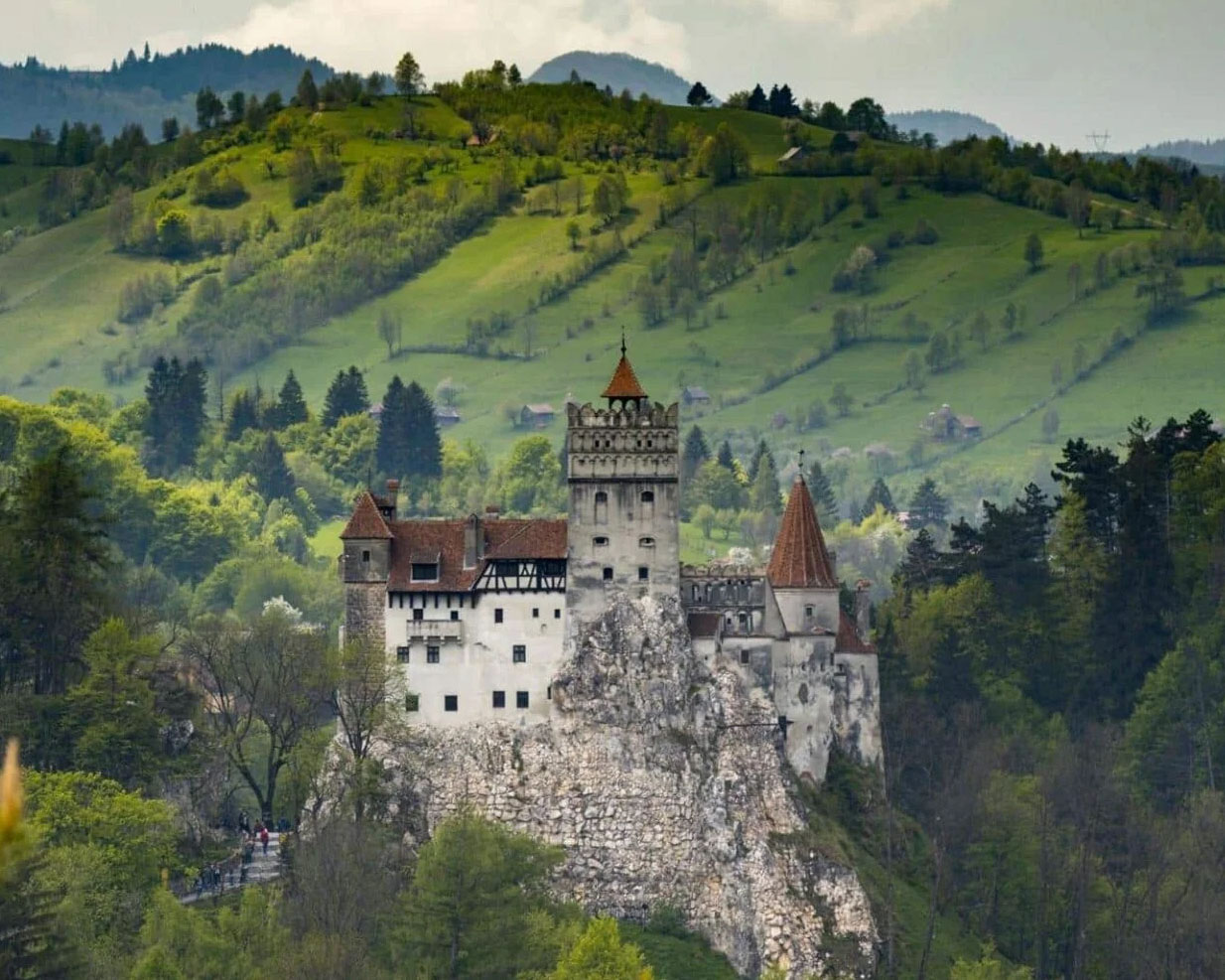Iceland northern lights forecast is an important tool for travelers who are hoping to witness one of the most beautiful natural phenomena in the world. The forecast takes into account various factors such as solar activities, weather conditions, and cloud cover to determine the likelihood of seeing the northern lights.
One of the greatest spots in the world to see the aurora borealis, often known as the northern lights, is Iceland. This dazzling display of lights will leave you spellbound as they dance across the sky. However, how might your vacation to Iceland be organized to increase your chances of seeing them? Here are some hints and techniques to assist you.
What exactly are the northern lights, and why do they appear?
The earth’s magnetic field interacts with charged particles from the sun to produce the northern lights. These particles interact with oxygen and nitrogen atoms and molecules when they reach the atmosphere, causing them to radiate light in a variety of hues and forms. Green and yellow are the most prevalent hues, although you may also sometimes see red, blue, purple, and white.
Northern Lights strength and frequency are influenced by solar activity, which has an 11-year cycle. We are at a favorable time to witness them since the present cycle is predicted to climax around 2025. It is crucial to verify the aurora prediction ahead of time since solar activity may change from day to day.
How can I check the Iceland aurora forecast?
Based on projections from space and the ground, a number of websites and applications provide aurora forecasts for Iceland. Among the most well-liked ones are:
Aurora forecast for Iceland | Aurora forecasts | Icelandic Meteorological office (index 1)
Official Live Aurora Forecast – Aurora Reykjavik (index 2)
Aurora Forecast Iceland | Northern Lights Research Center (index 3)
These websites provide you with a map of Iceland that is colored according to the amount of cloud cover and the aurora activity. Because you need clear sky to observe the northern lights, the cloud cover is crucial. A scale from 0 to 9 is used to gauge the aurora activity, with 0 denoting low activity and 9 denoting strong activity. Typically, you need a 3 or above or at least to notice stuff.
The forecast’s date and time may be changed up to a few days in advance using the slider at the bottom of the map. However, bear in mind that the prediction is most accurate at about 6 p.m. on the current day and that it is subject to frequent revisions.
When are the northern lights most visible in Iceland?
Iceland’s northern lights may best be seen from September to March, when the evenings are sufficiently long and dark. The coldest and longest nights occur in the peak season, which lasts from December to February. This calls for you to cope with challenging weather conditions including snowstorms, high winds, and slick roadways.
Moon phase is a further consideration. A full moon may overlight the sky and saturate the northern lights’ hues. As a result, it is preferable to stay away from it and choose a night when the moon is young or crescent.
The northern lights may be seen at any time after sunset or before dawn, but between 10 pm and 2 am is often the greatest time to observe them. They may last anywhere from a few minutes and many hours, so you must have patience and be adaptable.
Where in Iceland can you view the northern lights the best?
Iceland’s northern horizon should be clearly visible, and there should be no artificial light in the area. Drive your own vehicle or sign up for a tour that will take you to some of the greatest locations around Reykjavik or other areas of Iceland.
In Iceland, some of the most well-liked locations to watch the northern lights are:
- Thingvellir National Park is a UNESCO World Heritage Site where visitors may see a breathtaking natural setting and the fissure between two tectonic plates.
The Seltjarnarnes Peninsula is a scenic seaside region close to Reykjavik that has a lighthouse and a golf course. - The magnificent Seljalandsfoss Waterfall plunges 60 meters into a basin below. You may go behind it and through its mist glimpse the aurora borealis.
A glacier lake with icebergs that mirror the hues of the northern lights is called the Jökulsárlón Glacier Lagoon. You may go on a boat excursion or a stroll along a black sand beach nearby. - A tiny village on the Snaefellsnes Peninsula stands atop the cone-shaped Kirkjufell Mountain. It is one of Iceland’s most popular tourist attractions and provides the northern lights with the ideal background.
What should I do to be ready to view the northern lights in Iceland?
Iceland’s northern lights might be a once-in-a-lifetime sight, but seeing them also demands some planning and good fortune. Before you go, you should accomplish the following:
Regularly check the aurora prediction and be prepared to alter your plans if necessary.
Because it may become really chilly at night, dress warmly and in layers. Bring warm clothing, such as thermal underwear, gloves, caps, and scarves.
Bring a tripod-equipped camera, and familiarize yourself with its settings for low-light shooting. A lengthy exposure period, a high ISO setting, and a large aperture are required.
You may need to wait for a while before seeing anything, so pack food, beverages, blankets, and entertainment.
Respect the environment and the property of others. Do not trespass, trash, or annoy animals.
Iceland is one of the greatest places to see the northern lights, one of nature’s most spectacular miracles. Following these pointers and techniques will increase your chances of seeing them and photographing them. However, keep in mind that they are erratic and hard to find, so do not get upset if you miss them. There is always a chance or an explanation to return to Iceland.

Marshall Islands Marine Life

Fiji underwater world









